The Globe is one of the oldest pubs in Leicester and may have been serving beer as early as 1720. Its ales were brewed using spring water drawn from a well beneath the building.
- Due to the scale of the clothing industry in Leicester it was named the second richest city in Europe in the 1930s
- Working for one of the big companies came with a healthy social life, with many sports and social clubs linked to each of the factories
- in the early 20th Century Leicester was renowned as a place where there was always work for both men and women
An industrial powerhouse
From the early 19th century to the end of the 20th century the main industries in Leicester were hosiery (covering many forms of clothing), footwear and engineering. Names such as Corah, Wolsey, Bentley, Stibbe, the British United Shoe Machinery Company and the British Shoe Corporation were well known nationally and internationally.
Now, in the 21st century, only a very few of these ‘big’ names remain in business. There are well-known names such as Next, Dunelm, Bostik, Walkers and a host of companies involved in manufacture and engineering, but the giants of the past are no more.
Industry has not left Leicester, as there are still many things that are made in the city, but the hustle and bustle of factories and workshops in the centre of Leicester is now a thing of the past as is the case across the UK. This ‘rise and fall’ of industry in the city has left a legacy of buildings and places that have been shaped by industrial activity. Often these buildings have been adapted for other uses such as offices, flats or bars and restaurants. There are also many thousands of people who remember what it was like to work in thriving factories and live in a city that once claimed to ‘clothe the world’.
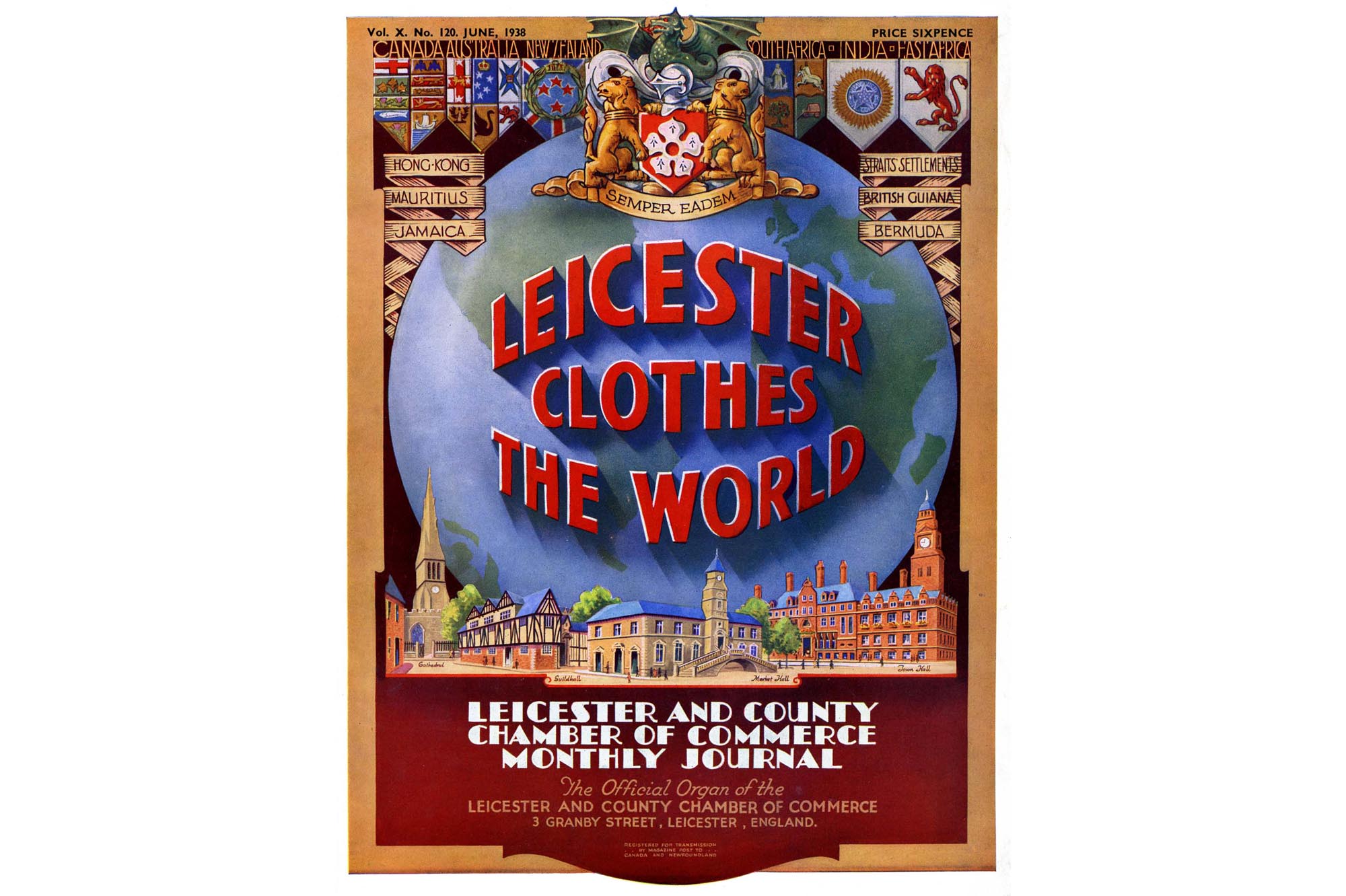
The factories
The Victorians were as keen on pulling down old buildings as they were on putting up new ones so there is little of industrial Leicester that predates the middle of the 19th century. After sympathetic refurbishment the 1840s Pex building (sock manufacture) survives as the Land Registry, but Friars Mills, which dates from around 1800, has been redeveloped into officers and residential units. Also notable from this period is Maker’s Yard, a very early factory (1850s) which now contains artist studios and a gallery.
The most ornate building of the late 19th century isn’t a factory but a warehouse that was used for boot laces! Alexandra House (1897) has been converted to flats but was home to Jumbo bootlaces among other brands. The area around Alexandra House, the Cultural Quarter, was full of warehouses along narrow streets, many of which still remain.
The Luke Turner & Co Ltd. factory on Deacon Street (1893) has a cutting edge iron-frame construction; this meant large windows could be installed bringing daylight to the factory floors. Industrial Art Deco is represented by the Berkley Burke Building (formally Goddard's Plate Powder and Polish Co. factory) on Nelson Street (1932), which is now used as offices. Once a huge shoe factory, 106 East Park Road is now the Guru Teg Bahadur Gurdwara. Many buildings of all sorts have been turned into temples, gurdwaras, mosques and madrassas.
After the Second World War companies started to move out of the city into industrial estates such as the ones that are now at Troon Way and Braunstone Frith. Companies such as Walkers, Fox’s, and Everards are all based outside of the city centre.
The former Imperial Typewriters building on East Park Road is a good example of an industrial building that is still used for making things. Nowadays the building is split into smaller industrial units.
Women at work
Thanks to its diverse industries, for many years Leicester was renowned as a prosperous city where there was work for both men and women. The fact that so many women worked gave Leicester and the other towns of the East Midlands a distinctive flavour.
The poor conditions faced by framework knitters in the 1840s were highlighted in the Royal Commission of 1844 and large factories came late to Leicester as much work was still being done at home.
Legislation that improved the lot of the working person (shorter working hours, paid holidays, pensions etc.), meant that the conditions people worked under slowly changed for the better. From the mid-19th century onwards housing was built to accommodate the influx of workers from outside the city and communities of people who lived in terraced housing near places of work formed. These communities were self-contained and comprised houses, schools, shops, religious buildings, factories, parks etc.
While work provided a chance to earn money it also created a social life of its own, particularly at larger firms such as Corah, Wolsey, and the British United Shoe Machinery Company. These companies were like small villages and had hundreds or thousands of employees. Sports and social clubs were formed and, for those who wanted to, the factory could provide a social life as well as a working life.
If you lived near a factory – and many people in central Leicester did – the sight, smell and sound of the factory was always present. The average day would be punctuated by factory hooters and sirens announcing the start and end of shifts; chimneys belched out soot and dirt that would pollute the air; huge industrial buildings overshadowed the smaller terraced houses.
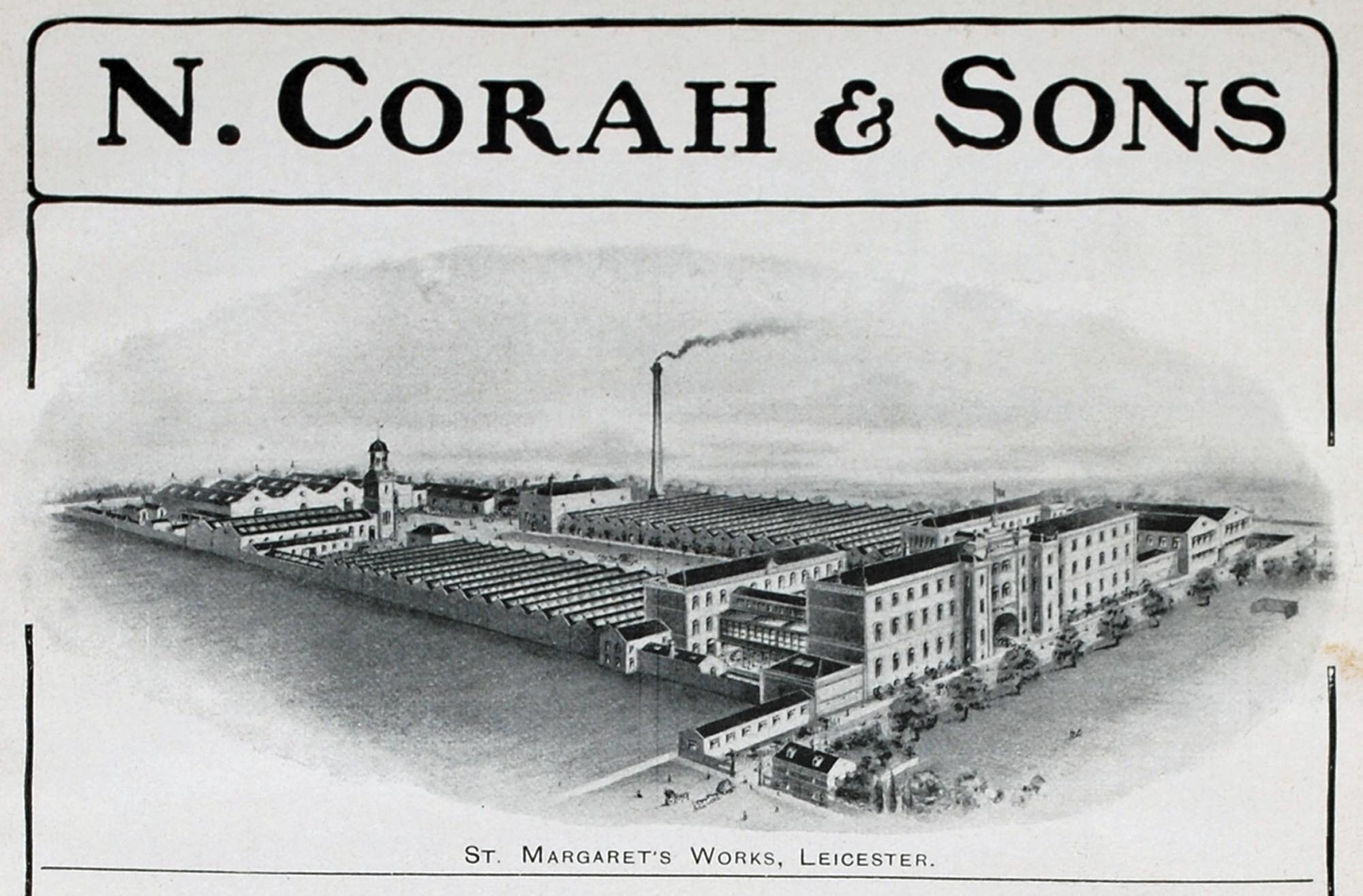
Notable companies
Leicester has been home to a wide variety of companies over the years, some of the most notable are listed here.
Corah
Started in the early 19th century by Nathaniel Corah the company eventually expanded to the point where it employed thousands of people in a large development at the St Margaret’s Works. The company developed close links with Marks & Spencer but eventually closed in the early 1990s.
Wolsey
The face of Cardinal Wolsey still looks out from the front of the former premises on Abbey Lane (now flats). Started in 1755, the company moved to a steam powered factory in 1859 and adopted the name ‘Wolsey’ in 1897 after Cardinal Wolsey, who was buried in Leicester Abbey.
CWS Wheatsheaf Works
This was a Co-operative shoe factory on Knighton Fields Road East that is said to have been one of the largest in the world when built in 1891, eventually employing over 3,000 people.
Equity Shoes
Created as a co-operative venture by factory workers in 1886. Equity specialised in women’s footwear and was well-known for the distinctive design above the door of their factory on Western Road (now flats). In 2009 the company was the last shoe producer to close in the city. Notable suffragette Alice Hawkins worked here in at the beginning of the 20th Century.
Liberty
Started as Lennards but renamed after the owners visited New York and were inspired by the Statue of Liberty to create a smaller version of the statue and place it on top of their factory on Walnut Street. Even though the factory has since been demolished the statue can still be seen at the bottom of Upperton Road.
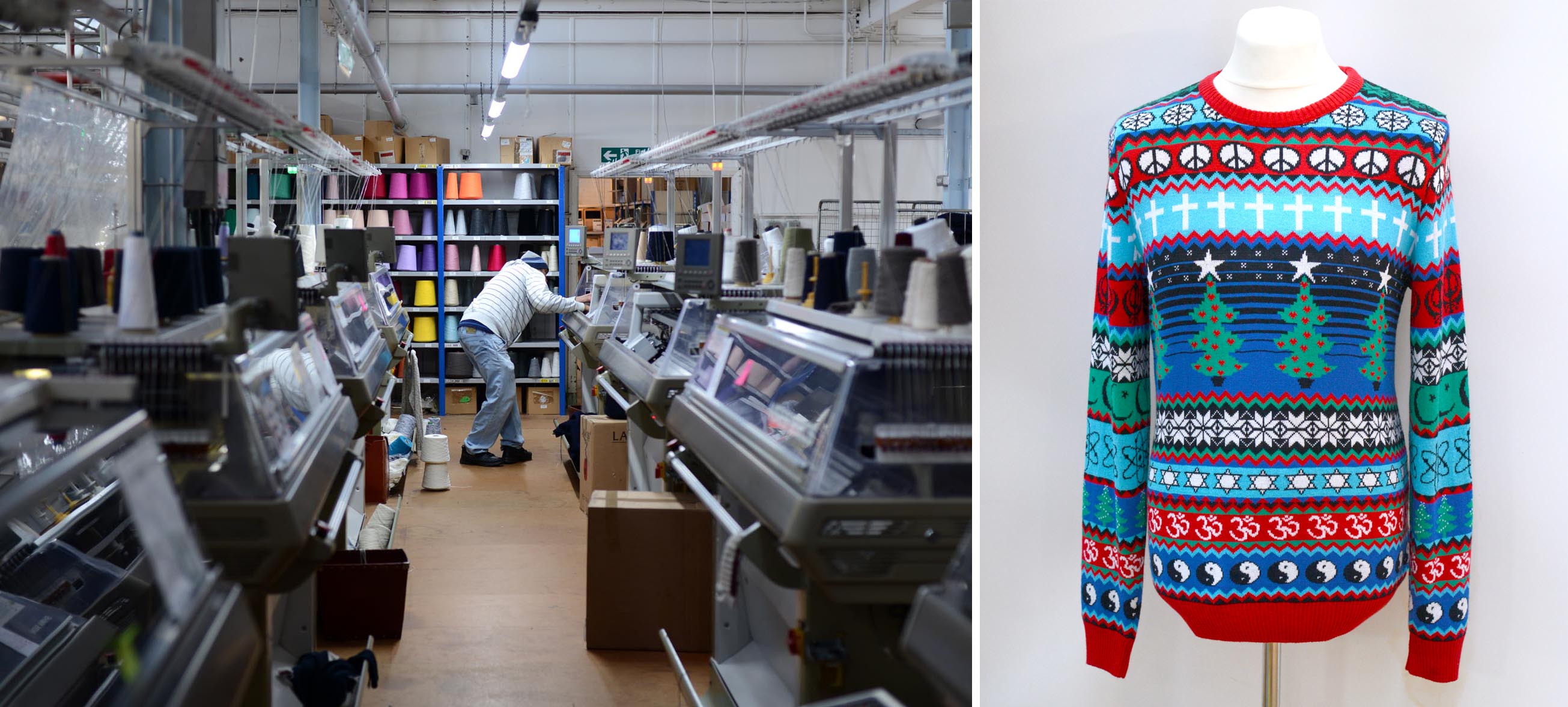
Industry in Leicester today
Hosiery and clothing companies that are still based in include Next, Boden, Pantherella as well as many smaller firms making high quality clothing and specialty textiles.
One of these firms is Jack Masters, a local success story. The business started in 1987 and began by supplying other local hosiery companies. The company grew and moved to new premises in 1996. This was the Lifeguard building on Grace Road, Leicester where they still operate from today.
Originally the company used to produce large quantities of lower price range lines. There current successful strategy is geared towards a higher end market with smaller quantities produced. Most of the business is online and includes significant sales to Scandinavia, Japan and the United States.
Jack Masters label ‘British Christmas Jumpers’ received coverage in the national press when they released their ‘Multicultural Christmas Jumper’ in 2014. They said:
Britain has never been more multicultural, so we thought we’d create a Christmas jumper with a twist - something that brings people from all walks of life together in the spirit of love, joy and festive cheer.
Find out how to visit Leicester's industrial museum, Abbey Pumping Station.
Gallery

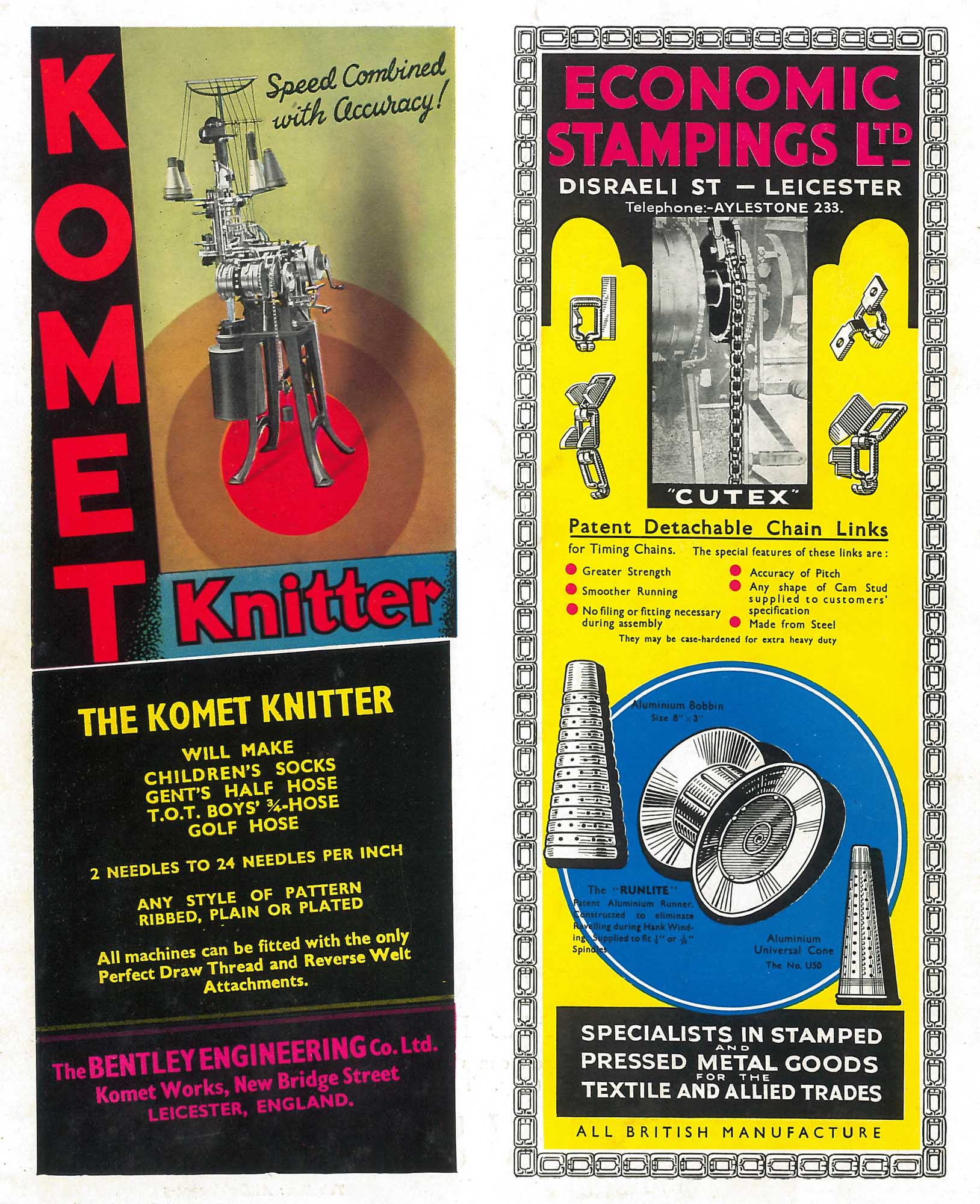
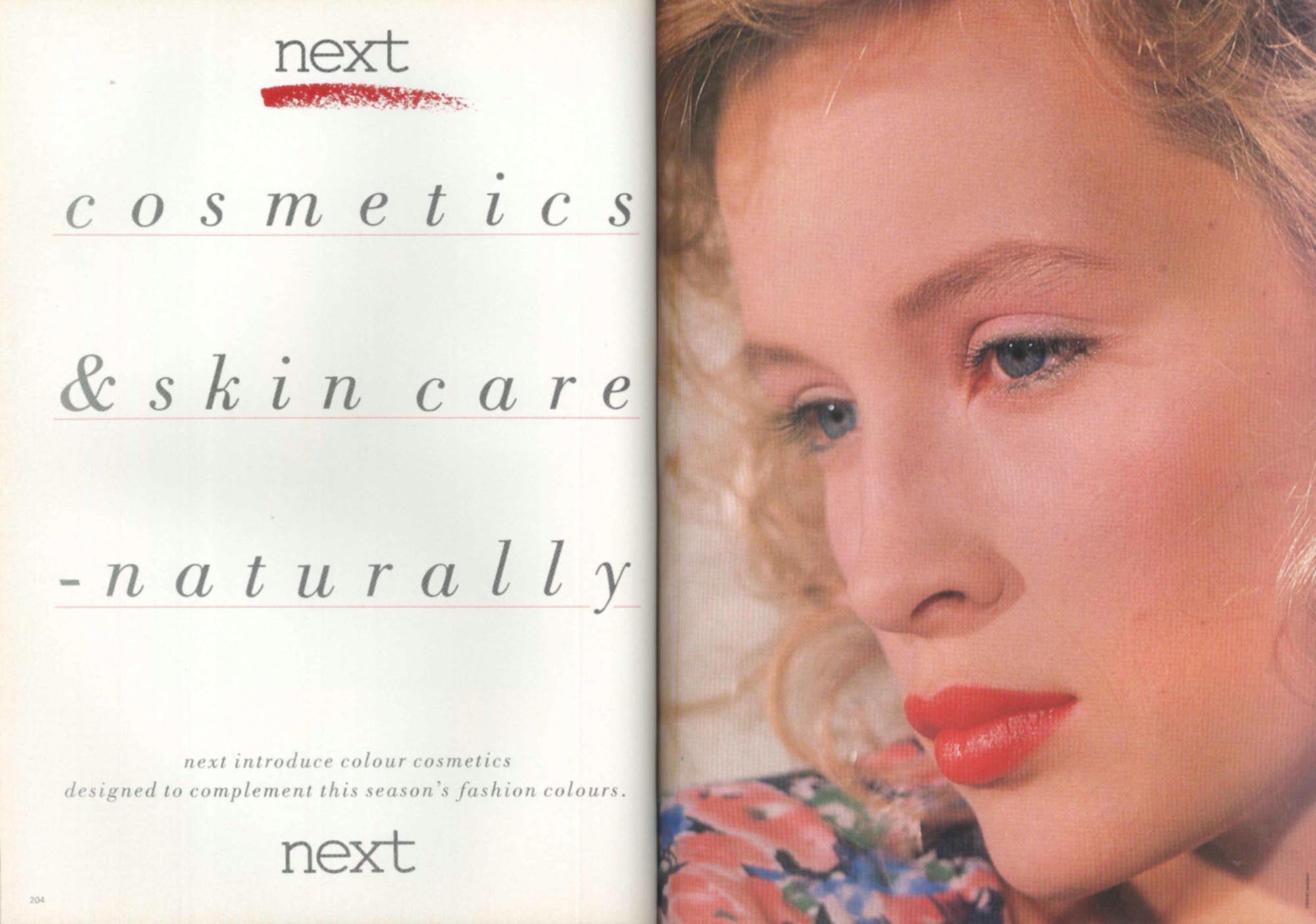
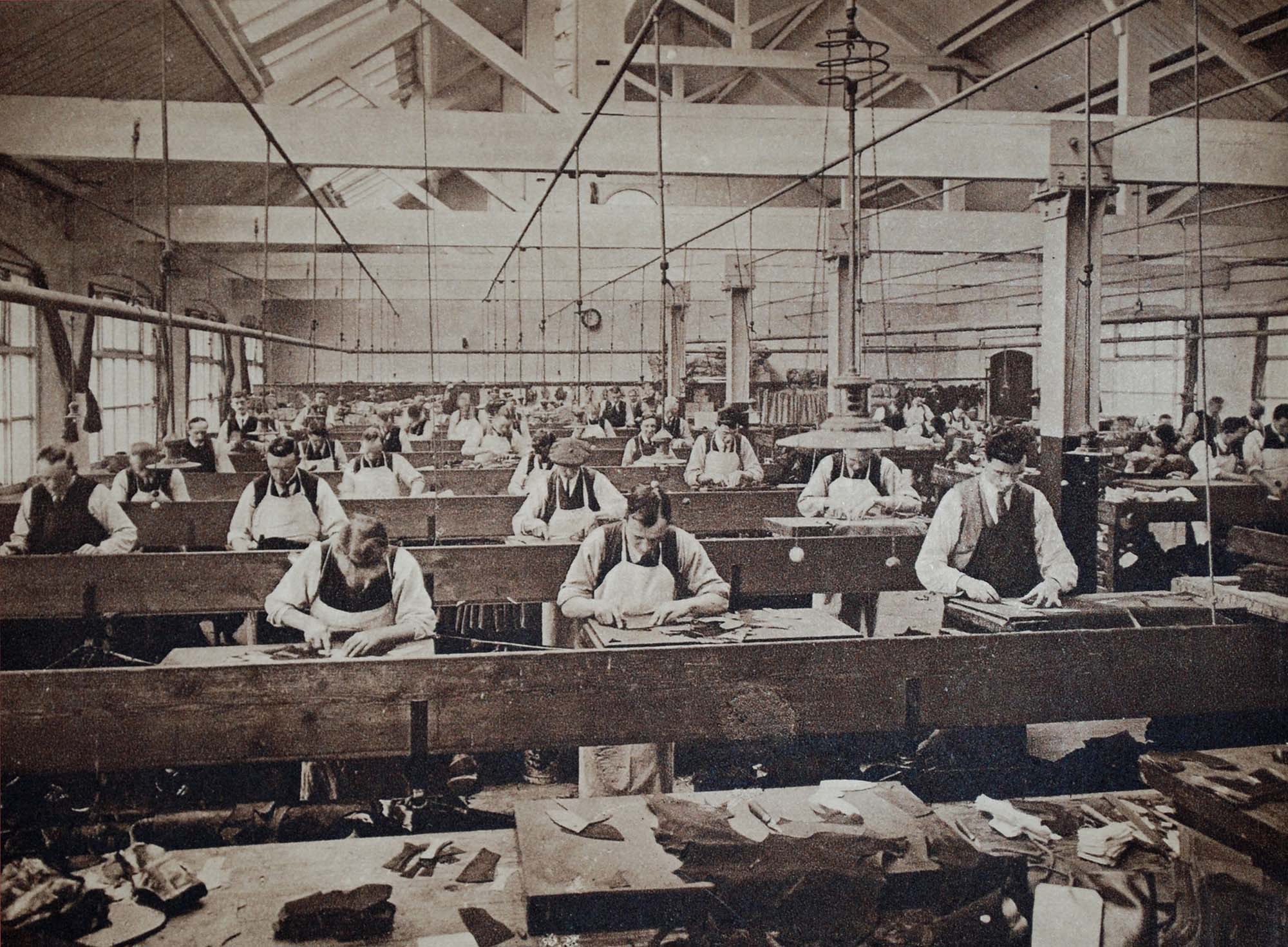



Leicester Clothes the World

